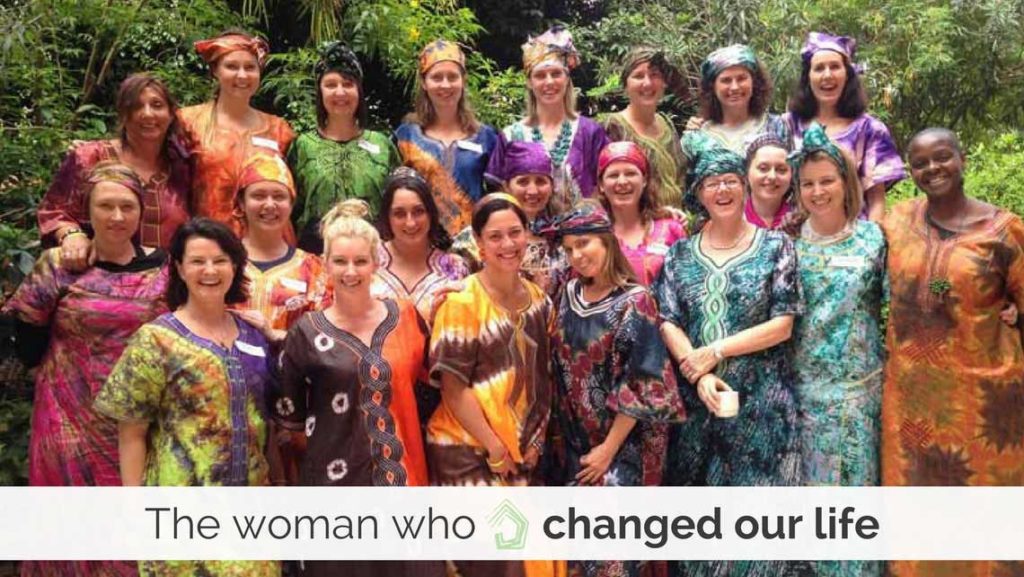
Last week, as part of the celebration of International Women’s Day, I presented this talk at a High Tea hosted by the Commonwealth Bank in their Flagship branch in Brisbane CBD. It was a small audience of 30 or so women, and I was nervous as hell in the lead up.
The topic of the talk was how my involvement with The Hunger Project has changed my personal and professional life … and boy, has it ever! It was an amazing experience to share this story, and so I thought I would post it here so you can also see it. I hope you enjoy it.
Here it is …
In August of 2012 I had a miscarriage. It would have been our fourth child, and I lost him just shy of 12 weeks.
That may seem like a very private thing to share straight off the bat, but I do it for two reasons.
The first is that, whenever I do, I am reminded of just how frequently miscarriage occurs, as I talk to other women and men who have had similar experiences. And yet, it really is not considered a topic for open discussion. I recall Tara Moss recounting her experience on a panel where her male counterpart apologised that he might be under the weather as he was recovering from a cold. She had had a miscarriage a few days prior, and yet didn’t feel there was room for her to make a similar apology.
The second reason I share it, is that I see it really as the starting point for the latest chapter in my life –one that is still unfolding.
I remember when it happened, I felt such a strange sort of grief. It was a grief for the promise of something, for someone you’ve never got to meet.
Frustrated with feeling so static, I almost maniacally sought things to shift my focus to. Initially I just wanted to get pregnant again, so I started getting fit. I got acupuncture really regularly to get my body well again. At the time, I co-owned an architectural practice in Brisbane – I had 5 business partners, and we had around 20 crew with offices in Brisbane and Sydney, and so I threw myself into that.
And then a friend showed me something …
In early 2013, a friend showed me some information about the Business Chicks and the Hunger Project Leadership and Immersion Program.
The Hunger Project is a not-for-profit organisation that works in third world countries around the globe. They believe that the key to ending hunger and poverty lies with those that are impacted by it most, and so they work with them to unleash their own leadership.
The Hunger Project believes this isn’t about not having access to food. This is about not having access to opportunity. And so it works with the hungry and poor to give them the tools they need to change their futures, and unlock their own opportunities. It’s a truly sustainable solution that is working.
And Business Chicks? Well – it’s an amazing Australian-based women’s membership organisation with over 30,000 members nationally. And it’s about to launch in the USA.
In 2011, these two organisations partnered to establish this program. Basically, you apply to be accepted, commit to fundraising or donating $10,000, and then you travel to a selected destination with a group of up to 20 women who’ve all done similarly – to see your money in action.
I remember when I first learnt about the trip, it really ignited something in me. My husband and I had spoken about philanthropic work, and ways to teach our kids to think globally, and understand that our lives are a privilege – not an entitlement.
However, at the time this came up, we were in the midst of a massive home renovation. We were turning a 100m2 home into a 400m2 home, and right in the thick of it. I had the business, and our kids were 6, 4 and 2. You can imagine my husband’s initial reaction when I said I wanted to fundraise $10,000 and travel to Uganda for a couple of weeks. It went down like a lead ballon. However, I couldn’t let it go, and he saw how important it was, and so I applied to go.
The week I was accepted to the program was the same week that the baby I had miscarried would have been due. When I realised the coincidence of that timing, it seemed like a meeting of two worlds. Like a big fork in the road, and a sign that my life was heading in a different direction.
Holy cow, I have to fundraise $10,000!!
The fundraising over the next 6 months was challenging. I hadn’t done fundraising like that before. It was definitely the most scarey part. I partnered with a friend who was also going (the same one who had introduced me to the trip). I was and am passionate about the cause, but I was initially terrified to ask for money. Slowly, I got better at asking, better at being brave, at stepping outside my comfort zone, and of not taking the ‘no’ personally.
I found that those most able to give financially were the least likely to, and those least able to give financially usually gave the most.
During the lead up to the trip, I was fortunate to attend the Women in Focus Conference that the CBA run each year.
During my time at the conference, I really started to question whether the career path I was on, co-owning an architectural practice and building this business, was really for me.
So over those 6 months, my friend and I together raised $25,000. On the 8th of November, 2013, we boarded a plane bound for Uganda.
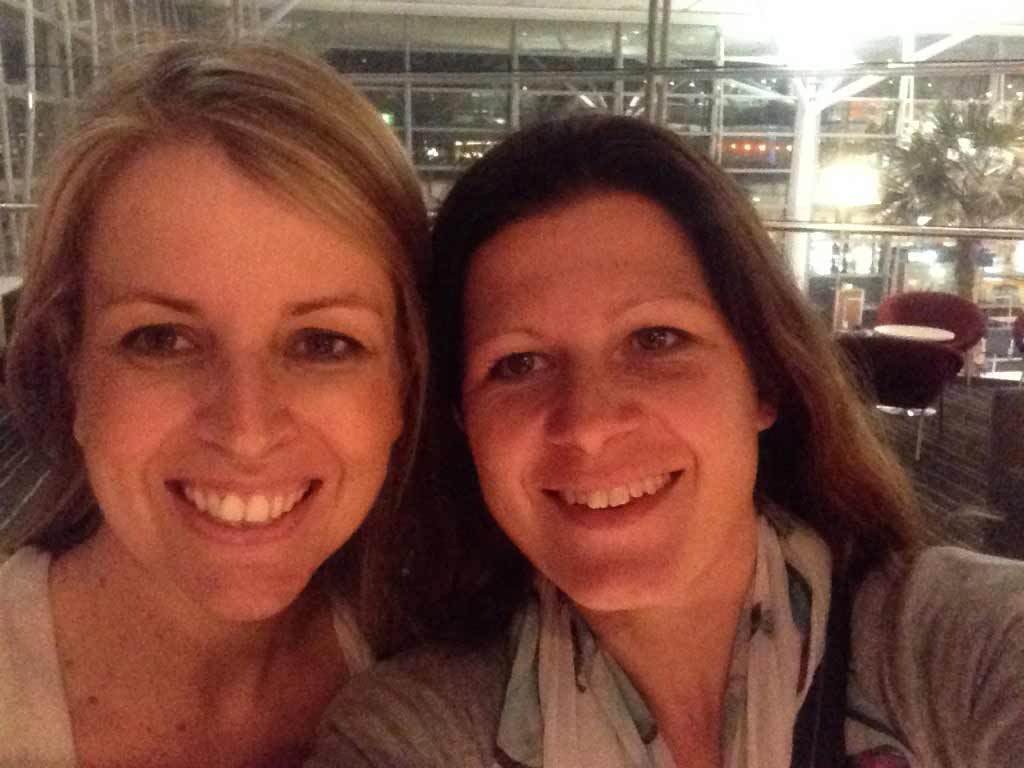
So, a bit about Uganda.
Uganda is a similar physical size to the state of Victoria, however whereas Victoria has a population of around 5.7M, Uganda’s population is over 35 million. 85% of the population live in rural locations, and 7.5 million people live under the poverty level of $1 per day. Almost half the deaths in Uganda are from Malaria – a preventable, treatable disease.
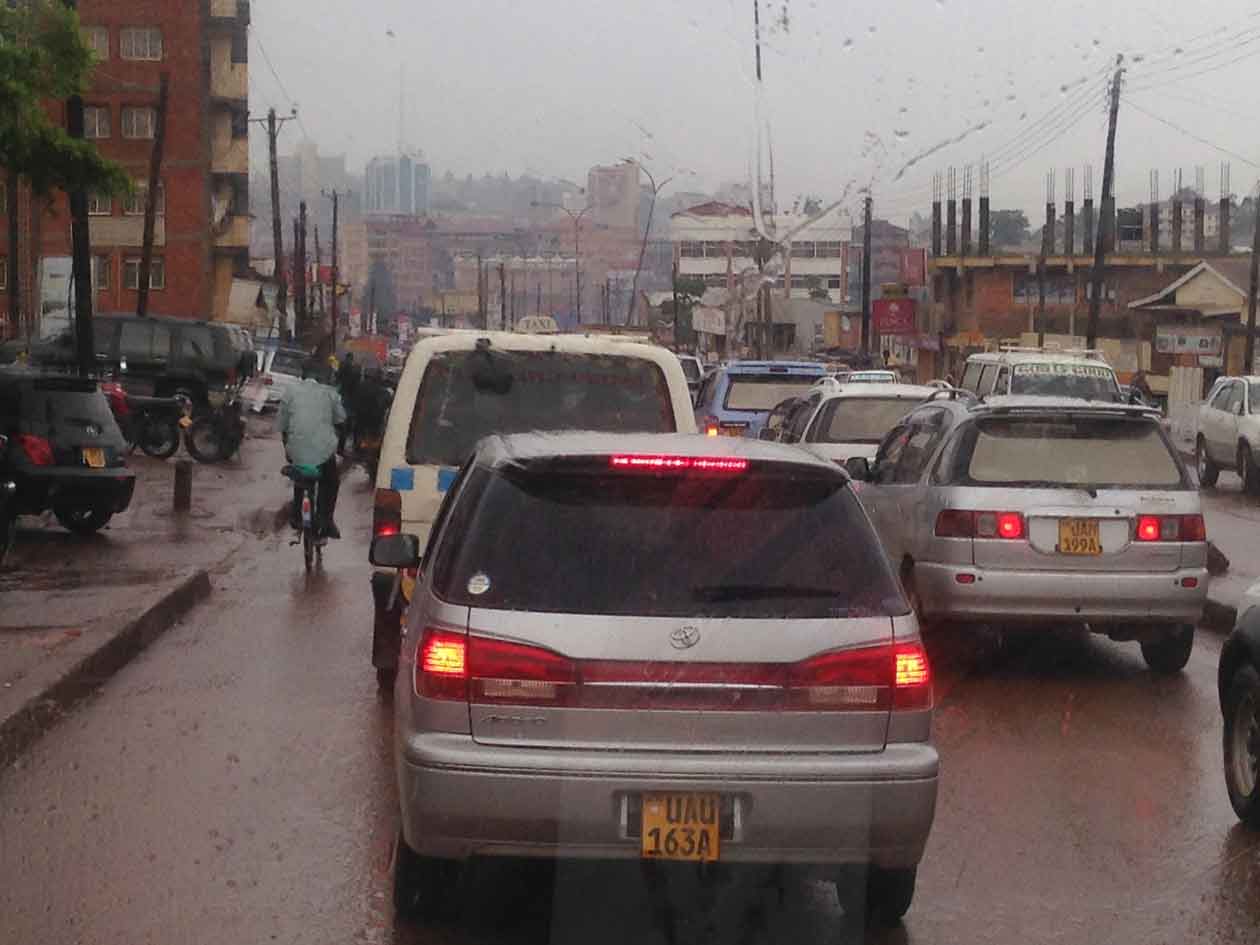
The Hunger Project creates specific strategies for each location it works in. In Uganda, The Hunger Project operates through an “epicentre strategy“. So the epicentres are central buildings that unite 10,000 – 15,000 villagers and ultimately mobilise them for action to meet their basic needs.
The epicentres are always built similarly, and contain a government-run health centre, a food bank, a community hall, a rural bank and classrooms. It becomes a symbol for positive change and a hub for the community, and is accessed by villagers in around a 25km radius.
The Hunger Project has a 2 year mobilisation program before the epicentre is built, where they identify the natural leaders in a community and train them up as ‘animators’. These volunteers are then the elected leaders of their community, and continue to support this mobilisation. It’s an elected position with great prestige, but they’re volunteers – which is amazing to see.
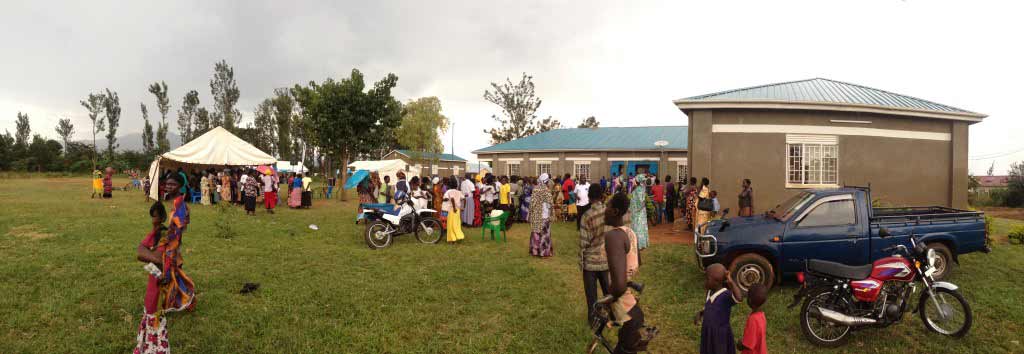
The training programs include health and nutrition, HIV awareness, agriculture and animal husbandry, food security, women empowerment, and microfinance.
We travelled as a group of 18 or so women, with the staff from the Ugandan Country office of the hunger project. We went to 3 different epicentres during our stay, each at different stages of development. We also travelled to locations where The Hunger Project wasn’t working, so we could see the contrast.
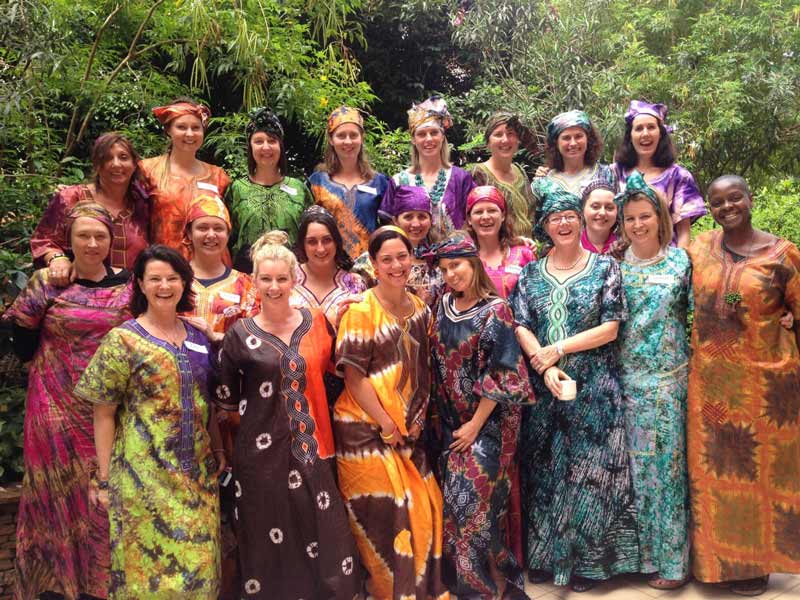
We met villagers, we sat in their homes, they laughed at us whilst we tried to help them prepare their meals and do their crafts. Being a mum and a woman in this area is tough work.
What was incredible was meeting woman after woman, and family after family, who had completely changed their lives and their futures. We met women and men who had created multiple and diverse businesses, been able to build new homes, support not only their family but extended family also.
We met people with pride in their eyes, and confidence in the way they carried themselves – that was the most evident thing – just the demeanour of people who now felt empowered.
That was the stark contrast between those working with The Hunger Project and those that weren’t. They spoke about ‘changing their mindset’ – and for all the management training I’ve done, it’s implied that you must change your mindset in order to make change in your life. But I’d never heard it said as expressly as this … people were saying to us “I changed my mindset and therefore this happened”. It was astonishing and humbling to see.
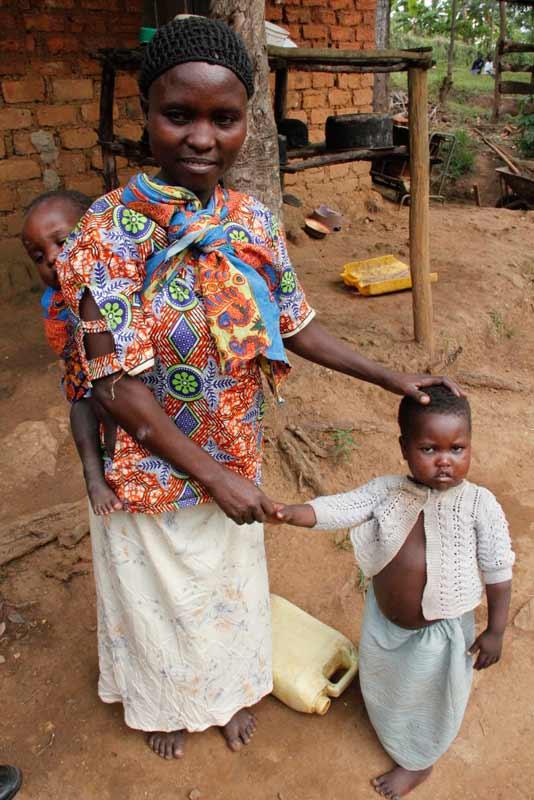
And then I met Kevin …
On one of our village visits, I met Kevin. Kevin is actually a woman – we found they mixed up anglo names quite a bit. So the first time I met Kevin, she was standing in front of her crop that she was growing on some rented land. I spoke to her briefly via a translator, and she shared her plans to increase her crop and grow more food.
Soon after though, whilst we were walking around, I met up with her again, however this time she had 2 small children with her. I was desperately missing my kids, and so I stopped to talk to her. Her kids didn’t look well – they looked like they had malaria. She had one beside her and one in a sling on her back. I asked her how old they were.
She said the one beside her was 4, and the one on her back was 18 months old. Now the 4 year old was smaller than my 2 year old at home … and the 18 month old about the same size my kids were at 9 months.
She was 38 years old, and these were the two youngest of 8 children she had, one of which had died. She was supporting her whole family, and 5 extended family members.
It’s hard to describe, but in that moment, something just sort of stopped. It was almost like things were in slow motion. She was speaking with pride and confidence about what she had and was achieving, and how much The Hunger Project had changed her life. I was just in a state of shock.
She was 38 and a mum. I was 40 and a mum. And in that moment, I realised that had the universe played out differently, I could have been standing in her shoes and she standing in mine.
Here was this woman, with fire in her eyes and pride holding her chin, working against enormous adversity, generations of hopelessness, overcoming massive obstacles with determination and defiance … to completely change her family’s future – for generations.
And here was I … with all my privilege, opportunity, education and good-fortune, putting every excuse in front of me to not change mine.
For the next 24 hours, I was a bit of a mess. I’d seen a few things I didn’t think were working so well in the epicentre, and it was almost like change wasn’t coming fast enough.
One of the other women on the trip said to me that night when I expressed my disappointment, that surely any solution that moved things forward was good … to which I replied and I remember hitting my fist on the table and saying “No, it has to be the right solution”.
And in that moment, realised exactly what an idiot I was being.
What I learnt instead …
You see, I thought leadership was about being perfect. I had expected perfection from myself as a leader, and in those I looked to for leadership. I had very little compassion about it.
I realised instead that leadership was about being accountable to those that you lead, and calling those you lead to account. It is about empowering people because with empowerment, all things are possible.
I also realised that the solution doesn’t have to be ‘right’ to be the only one to use. I saw a framework of testing, reporting, analysing, adjusting – and testing again – occurring at such a rapid pace there, that evolution was occurring before our eyes. It was an evolution that took the best of all scenarios, that fleshed out issues and challenges, that was holistic and all-encompassing, and that was creating powerful change. And acknowledging the challenges along the way.
I realised that accountability was how these communities were being built, and that it’s about how you deal with the challenges as a collective is how you empower yourself and others to achieve greatness.
I wondered, how can we be accountable to walking with each other?
So what happened next?
I returned home from the trip a couple of weeks later, and returned to work. In the following week, I told my 5 business partners that I’d be leaving the business. We agreed I’d stay until the end of the financial year in 2014 so we could navigate the exit.
My husband and I had been renovating homes for almost 12 years, as a means of building a bit of a nest egg and having some flexibility around raising our kids and our time working. It was our dream for 9 of those years to move to acreage in northern NSW, so we could live a family-centred and flexible lifestyle.
I wanted to stop delaying the dream. So we set about making it happen, and in July, 2014 we relocated our family to 77 acres and I established my new online business, Undercover Architect.
I became a Queensland Board member for The Hunger Project so I can stay committed to, and financially support, the work that they do in empowering those most affected by hunger and poverty. We WILL see the end of hunger in my generation, and my family and I will be able to say we played a part in making that happen.
I started my business, Undercover Architect, which takes that notion of empowerment and applies it to my industry. I believe really believe that when your home works, life is just easier, and that homeowners themselves are the key to unlocking what’s possible for their homes – whether they’re building or renovating.
And so my business, which mainly operates online, acts as their guide, giving them the information, tools, products and services, to create the perfect home for them. For me, it was amazing to see how knowledge and belief changed people’s lives in Uganda, and I hope in some small way, that Undercover Architect is and will do this for homeowners I help.
I still think of Kevin frequently, and I have her photo on my wall. She was the catalyst, the teacher and the inspiration for so much change and transformation in my life and my family’s lives.
So, for me, The Hunger Project taught me that I want to live a life with no excuses, and to believe that anything is possible. Whilst it is challenging to do that everyday, it is a challenge I seek to rise to. I hope that in hearing my story, perhaps it helps you believe it to.
 With over 30 years industry experience, Amelia Lee founded Undercover Architect in 2014 as an award-winning online resource to help and teach you how to get it right when designing, building or renovating your home. You are the key to unlocking what’s possible for your home. Undercover Architect is your secret ally
With over 30 years industry experience, Amelia Lee founded Undercover Architect in 2014 as an award-winning online resource to help and teach you how to get it right when designing, building or renovating your home. You are the key to unlocking what’s possible for your home. Undercover Architect is your secret ally
Leave a Reply